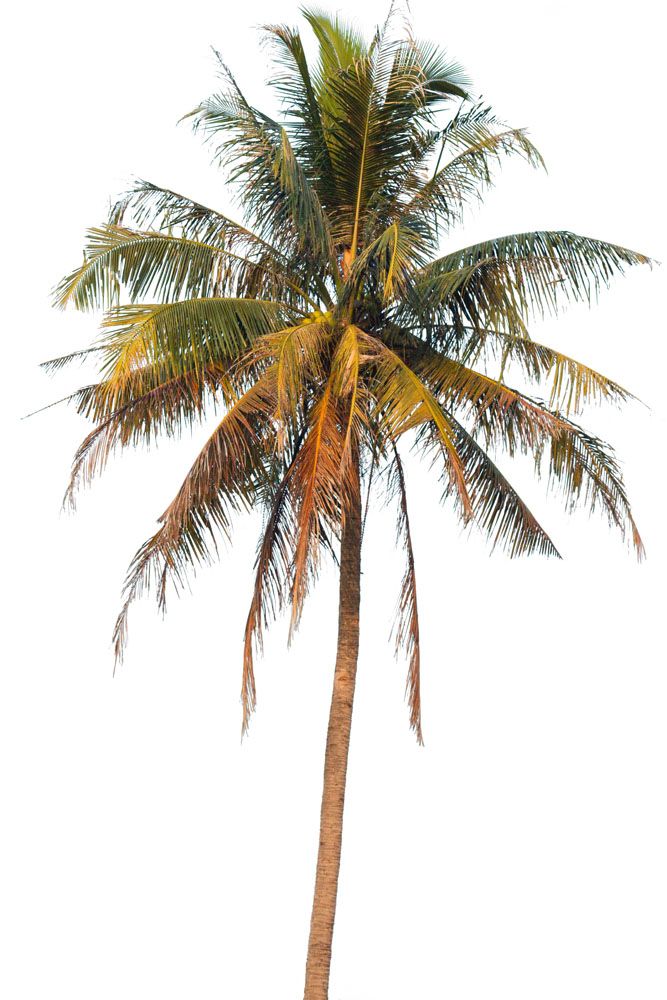
Lethal Yellowing
Lethal yellowing
The tropical illness lethal yellowing affects a variety of palm species. This disfiguring illness has the potential to destroy palm-dominated ecosystems in many countries. A phytoplasma, which is a kind of bacteria without a cell wall, causes the sickness. In this article, we will discuss lethal yellowing disease.
What is Lethal Yellowing?
Lethal yellowing is a deadly sickness, as the name indicates. A phytoplasma, a small critter similar to bacteria but with fewer complexities, is to blame. Planthopper insects transport phytoplasma from tree to tree. Planthoppers can’t live below freezing temperatures, which helps to keep the illness from spreading throughout the country. Because pesticides frequently fail to contact these continuously moving, flying insects, lethal yellowing illness cannot be managed by killing the insect vector.
Symptoms:
The dropping of all of a palm’s fruit, regardless of size, is the first obvious indicator that it has been infected. The palm’s fresh blossoms will wither and blacken during the following two months or so. The leaves then turn yellow and hang, beginning with the lower leaves and progressing to the upper leaves. The palm is dead after the upper leaves have fallen off, and all that is left is something resembling a telephone pole.
How to spread lethal yellowing disease:
While formal confirmation is still pending, the dangerous yellowing microbe is most likely spread by an insect, the planthopper (myndus crudus). Once again, research into how this insect distributes the illness is ongoing. Insecticides have been shown in tests to limit the proliferation of planthoppers and, with them, lethal yellowing. Large-scale spraying with currently available chemicals, on the other hand, is both environmentally destructive and economically unviable. Another option is to create a groundcover that deters the bug, as juvenile planthoppers graze on common grasses, although no tangible results have been reported thus far.
Disease control:
There is no cure, but you can extend the life of your tree and prevent lethal yellowing from spreading.
Chemical control:
The antibiotic oxytetracycline HCl (Terramycin), supplied to palms as a liquid injection into the trunk, is used to reduce fatal yellowing. Systemic therapy on a 4-month treatment plan should begin as soon as feasible following symptoms as a therapeutic intervention. Palms with more than 25% discolored leaves should be removed because Terramycin treatment is unlikely to work. A phytoplasma, a small species with fewer complexes than bacteria, causes it. The dosage is determined by the size of the palm being treated.
Use of host resistance:
The most effective long-term technique for controlling lethal yellowing is the use of host resistance. Many palm species are resistant to deadly yellowing, making those viable options for decorative landscape plantings. Many palm species are resistant to deadly yellowing, making them possible options for ornamental landscape plantings. Sabal palmetto (cabbage palm) and Acoelorrhaphe wrightii are two of them (Paurotis or Everglades palm).
